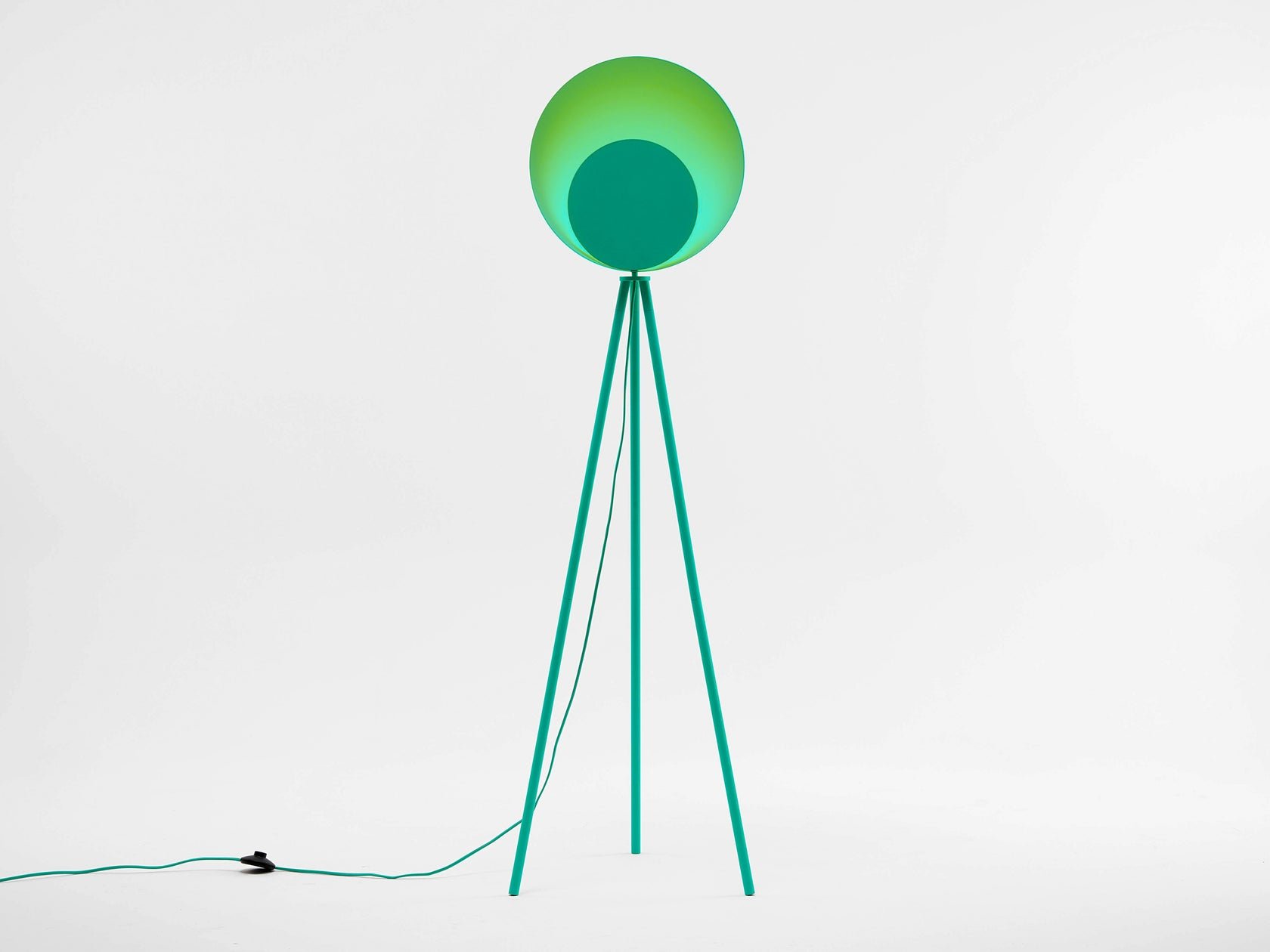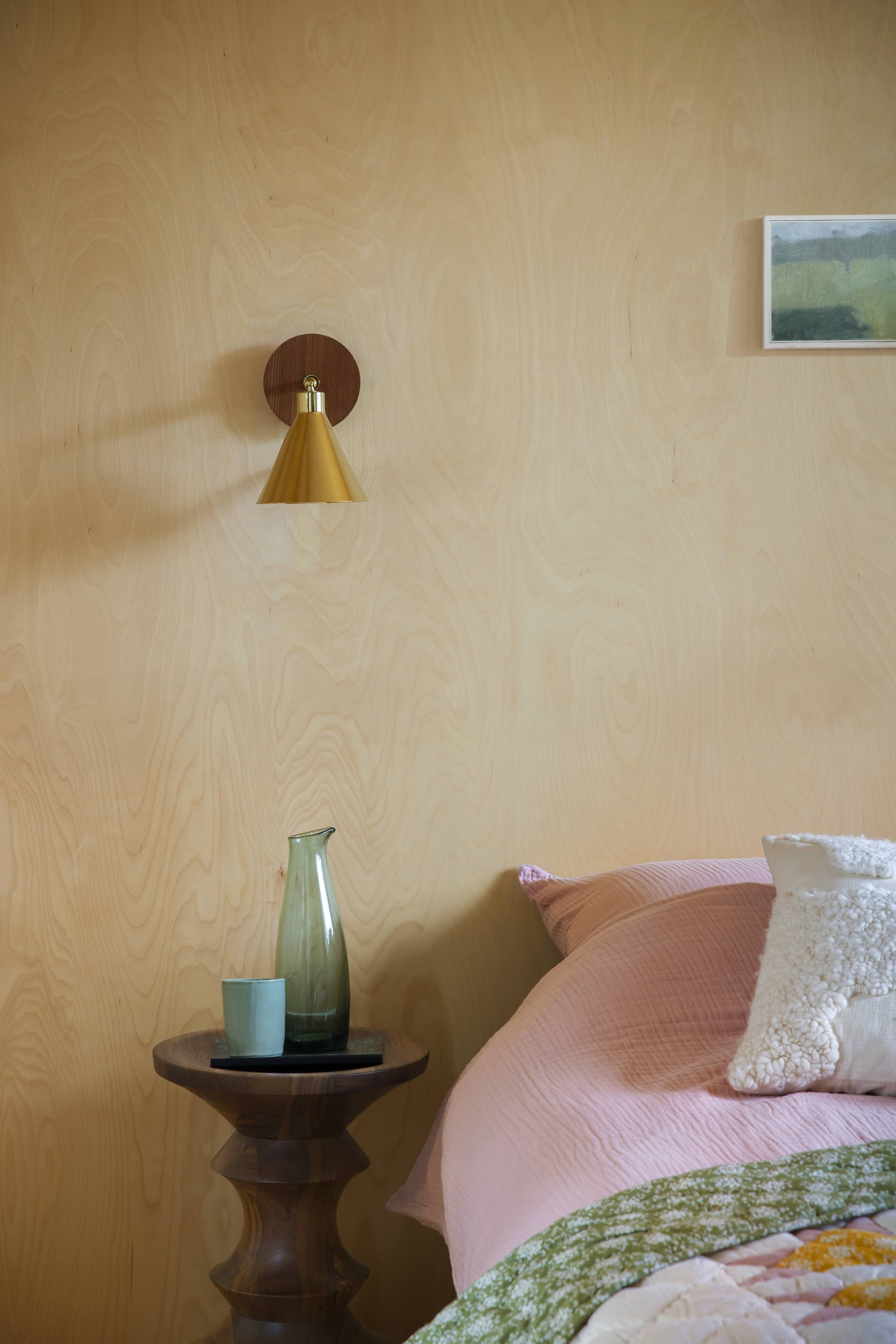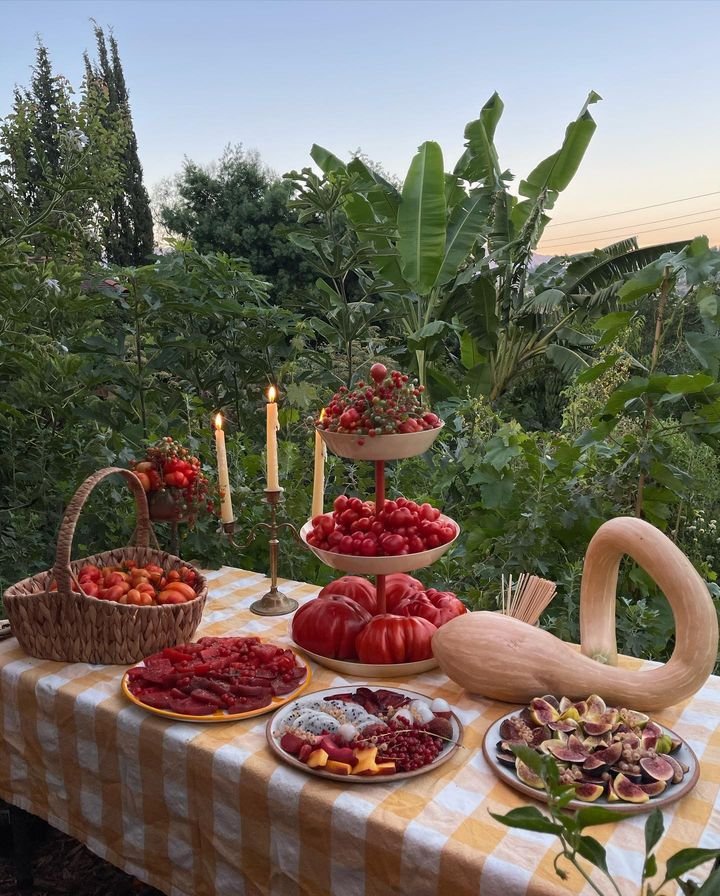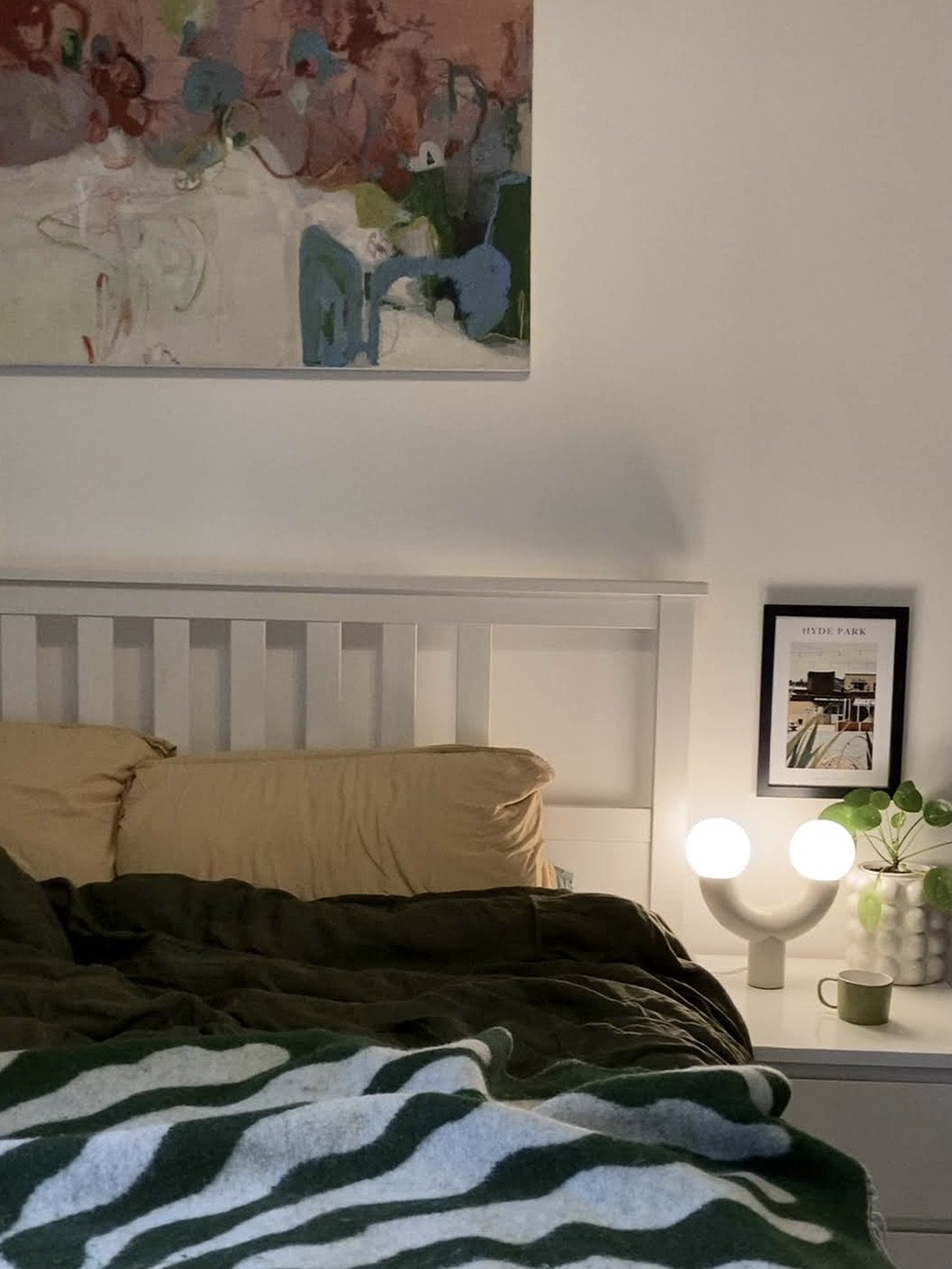Energy Saving Tips for Lights & Lamps.
Want to be an energy saving hero? Read on for tips and tricks on how to create a low energy lighting scheme in your home.
We are all pretty conscious about reducing our impact on the environment this year and we all need to do our bit. It is so obvious that we are at the tipping point of complete devastation and we know how we got here. Whilst we all feel like we are too little to make a difference sometimes (ourselves included), it is about adopting little practices and habits which really make change happen. Lighting is responsible for 20% of a UK homes energy usage and so we know we can all make an impact.
Energy-efficient light bulbs
LED lighting and light bulbs significantly reduce the energy used with every switch on. Making the switch from halogen to LED light bulbs can save the equivalent in carbon emissions as driving 220 miles in a car - per year. This is a huge impact on the environment and the emissions our energy suppliers produce. On the packaging, LED lights appear to look less bright but actually this is a common misconception as brightness is not measured in wattage - this is just the energy consumption. For a bulb energy saving tip look out for lumens to directly compare your current bulbs to your new ones.
Switch to green energy
There are lots of suppliers offering green energy solutions and it doesn’t necessarily mean installing solar panels on your roof or wind turbines in your back garden. Switching to a green energy supplier takes out the hard work and fuss and you can switch your lights on completely guilt free. Most invest in renewable energy such as wind farms, hydro-electricity and solar energy.
Switch off your lights
It may seem obvious but switching off unused lights in a room is the best way to conserve energy. Having lights on timer switches, motion sensors or using smart bulbs which are voice activated is a better way to control this. Our lights are designed to look good on and off and still create an impact in the room when they aren’t being used.
Don’t overload your room
Think about how you are using your lighting before you instal it. If your room is small don’t overload your room by using fittings with multiple bulbs. Conserve energy by finding the right sized fitting for your room - and use bulbs to match this. For example, a good sized double bedroom would need around 4 - 6 bulbs at 300 lumens each to light it efficiently. This will give a good level of light, anymore than this may overload the room and use more energy than is necessary.
With these tips adopting new lighting routines, investing in the most efficient LED lighting and bulbs and switching to more sustainable options will help you be an energy saving hero.












